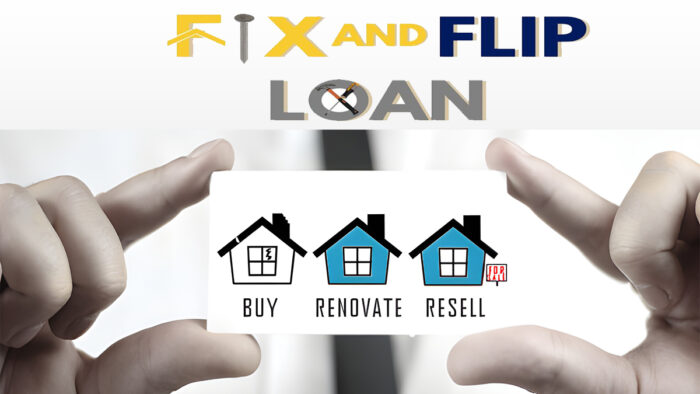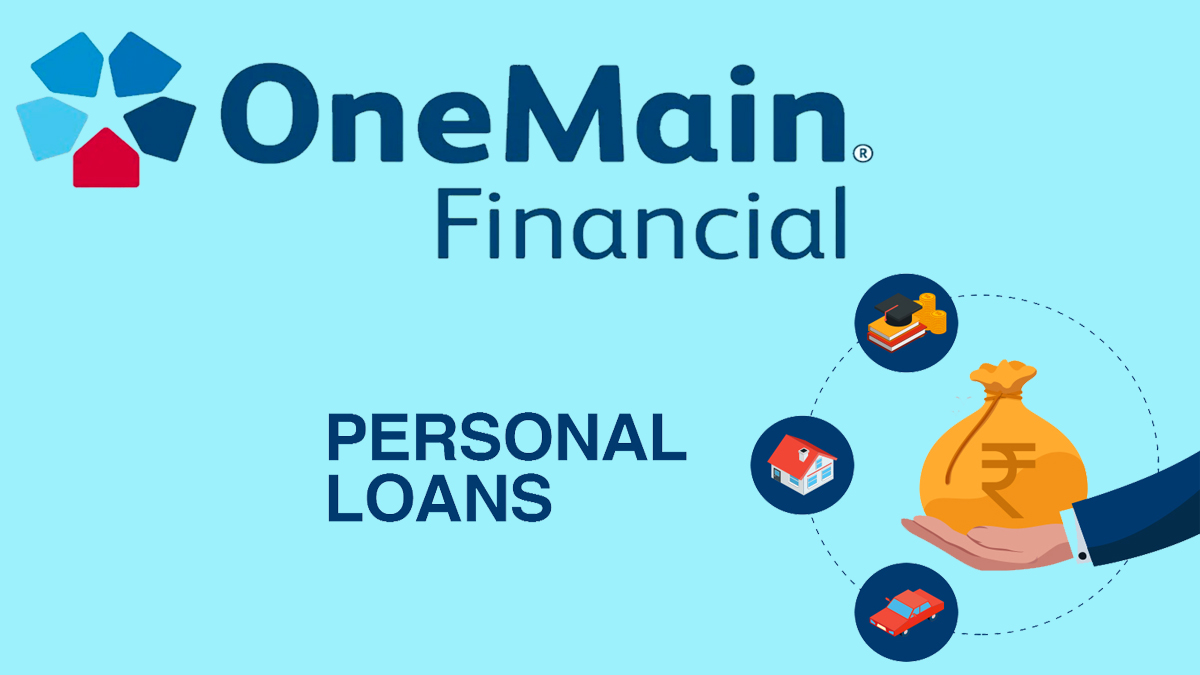Fix and flip loans offer an essential financial bridge for investors eager to refurbish and quickly sell properties for a profit. These loans, specifically designed for short-term ventures, furnish investors with the necessary capital to purchase, renovate, and flip homes within a brief period.

Distinct from conventional financing options, fix and flip loans are crafted to support the dynamic needs of property flippers, providing them with fast access to funds essential for making timely improvements to undervalued homes.
What Are Fix and Flip Loans?
Fix and flip loans offer short-term financial assistance to real estate investors looking to acquire and upgrade properties for resale. These loans often come with interest rates ranging from 8% to 12%, higher than standard mortgage rates.
The purpose of a fix and flip loan is to equip investors with the necessary capital to buy properties that are either in distress or undervalued, carry out essential renovations and improvements, and then sell those properties at a profit in a brief timeframe. Although there are risks involved with fix and flip loans, they present a potentially profitable venture for experienced real estate investors aiming for quick financial gains.
How Does It Work?
To be eligible for a fix and flip loan, having a strong credit score, a comprehensive business strategy, and a property with potential for value enhancement and resale at a higher price are essential. The loan amount is often based on the property’s value after repairs and improvements (ARV).
Fix and flip loans are distinct from other loan types as they are expressly intended for brief investment periods, with repayment expected typically within a span of 12 to 18 months. This requirement leads to higher monthly repayments, so ensuring adequate liquidity for repayment is crucial.
Certain fix and flip loans offer the option of interest-only payments until the loan matures, facilitating easier management of borrowing expenses before selling the property. Following the completion of refurbishments and repairs, the property can be sold. And the proceeds used to settle the remaining balance of the fix and flip loan.
These loans are best suited for seasoned real estate investors who possess the acumen to pinpoint potential properties, gauge renovation costs accurately, and expedite the sale of refurbished properties.
Types of Fix and Flip Loans
The types of fix and flip loans include:
• Home equity loans and HELOCs
Using the equity of an existing property, investors can secure either a home equity loan or a home equity line of credit (HELOC). The former offers a fixed sum of money with a set repayment term and interest rate. On the other hand, a HELOC provides a flexible credit line, similar to a credit card, which can fund multiple projects based on the available credit limit. HELOCs often feature lower interest rates compared to other loan types.
• Hard money loans
Hard money loans are sourced from private investors or companies, setting them apart from loans obtained through traditional banks. They are characterized by higher interest rates and shorter repayment terms, but they are less stringent on credit scores. These loans are advantageous for real estate investors due to their rapid processing times, enabling swift purchases and renovations of properties.
• Personal loans
Personal loans are offered by both traditional banks and online lenders. They can have interest rates ranging from 4% to 36%, with terms extending from two to seven years. Opting for a secured personal loan backed by property might reduce the interest rate, though it usually involves a longer closing process due to the need for property appraisal.
• Business line of credit
For investors, a business line of credit offers a flexible borrowing option, allowing them to draw funds as needed up to a specified limit. This type of credit is particularly useful for managing ongoing project expenses, with interest accruing only on the amount drawn. Generally, these credit lines are more accessible to experienced investors with a proven track record.
• 401(k) loans
A 401(k) loan involves borrowing against your retirement savings in a 401(k) account. This method means you are borrowing from and repaying yourself, with the repayments going back into your account. Typically, these loans should be repaid within five years. They offer lower interest rates and simpler approval processes since you are leveraging your funds.
• Seller Financing
In seller financing scenarios, the property seller also serves as the financier, eliminating the need for traditional loan approval processes. This arrangement can speed up the transaction and renovation phases, which is particularly beneficial for newer flippers.
How to Get a Fix and Flip Loans
Here are the steps you need to follow to successfully take out or apply for fix and flip loans:
• Craft detailed financial plans
Boosting your prospects for obtaining funding for a fix and flip endeavor necessitates the creation of thorough financial plans. After pinpointing a target property, you should assemble a document that encompasses a comprehensive project overview, budget forecasts, a timeline for the project, market evaluation, and financial predictions, along with other relevant data.
This level of detailed preparation aids lenders in reviewing your submission and gauging your potential to effectively carry out the property overhaul and repay the financing on schedule.
• Explore financing options
After laying out your financial forecasts and understanding your borrowing needs and preferred repayment schedule, it is time to explore the financing options available to you. Depending on your needs, a traditional loan might suit you if you require a significant amount of money upfront.
For ongoing expenses, a line of credit could be more appropriate. For those needing quick access to funds, hard money loans could be the answer, whereas home equity loans might offer more attractive interest rates.
• Identify suitable lenders
With your business plan in hand, look for lenders that provide financing specifically designed for fix and flip projects. Traditional banks might shy away from such ventures due to their risky nature. But numerous private investors are available who focus on this niche and can offer the necessary funds with more flexibility than banks.
Compare the terms offered by different lenders, including interest rates, repayment conditions, fees, and the terms of the loan, such as loan-to-value ratios and the possibility of making payments that only cover interest. Also, consider how loans are calculated, whether based on the property’s current value, after-repair value (ARV), or other criteria.
• Submit your loan application
Choose the most suitable financing option and proceed to apply, providing all required documentation. This includes detailed information about your project plan, budget, timeline, and financial forecasts. Your experience level may influence the speed of approval. Seasoned flippers might see quicker approvals, whereas newcomers may need to offer more extensive details about their financial and business backgrounds.
• Finalize the loan
Upon receiving approval and completing all necessary paperwork, you are set to proceed with your fix and flip project. Maintain regular communication with your lender for any needed advice or support, and manage your loan responsibly online. Keeping up with payments is crucial to ensuring your loan remains in good standing and to preventing the risk of a foreclosure on your property.



